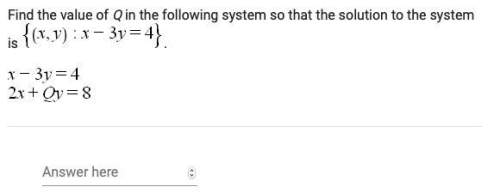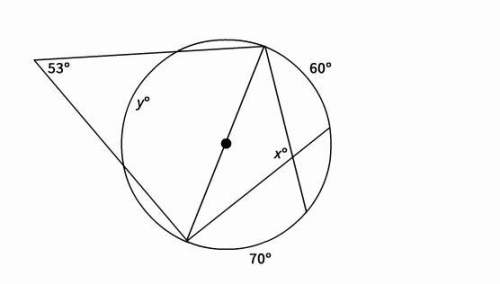
Mathematics, 02.10.2020 17:01 Eltravieso
From a sample with n= 36. the mean number of televisions per household is 3 with a standard deviation of 1 television. Using Chebychev's Theorem, determine at
least how many of the households have between 1 and 5 televisions.
At least __of the households have between 1 and 5 televisions.
(Simplity your answer)

Answers: 1


Other questions on the subject: Mathematics

Mathematics, 21.06.2019 13:20, Riplilpeep
Mr. walker gave his class the function f(x) = (x + 3)(x + 5). four students made a claim about the function. each student’s claim is below. jeremiah: the y-intercept is at (15, 0). lindsay: the x-intercepts are at (–3, 0) and (5, 0). stephen: the vertex is at (–4, –1). alexis: the midpoint between the x-intercepts is at (4, 0). which student’s claim about the function is correct?
Answers: 2


Mathematics, 21.06.2019 22:30, NearNoodle23
Meghan has created a diagram of her city with her house, school, store, and gym identified. a. how far is it from the gym to the store? b. meghan also wants to walk to get some exercise, rather than going to the gym. she decides to walk along arc ab. how far will she walk? round to 3 decimal places.
Answers: 1
You know the right answer?
From a sample with n= 36. the mean number of televisions per household is 3 with a standard deviatio...
Questions in other subjects:

Mathematics, 18.10.2020 23:01


Computers and Technology, 18.10.2020 23:01

Mathematics, 18.10.2020 23:01

Computers and Technology, 18.10.2020 23:01


Chemistry, 18.10.2020 23:01


Physics, 18.10.2020 23:01






